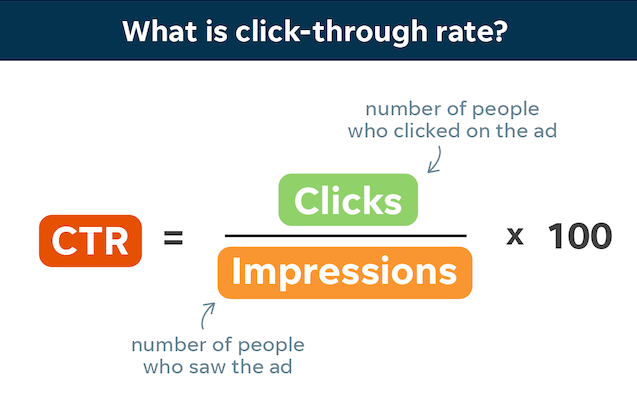As search engines evolve, Google continues refining how it evaluates content quality. Central to this evolution is E‑A‑T—Expertise, Authoritativeness, and Trustworthiness—a framework Google uses to assess pages, especially those in the “Your Money or Your Life” (YMYL) category (health, finance, news, etc.). In 2025, E‑A‑T remains crucial for SEO success. Here’s why and how you can leverage it.
1. Why E‑A‑T Matters in 2025
- Combats Misinformation: With AI‑generated content on the rise, Google prioritizes credible sources to curb misinformation.
- Enhances User Safety: For YMYL topics, poor advice can have serious consequences. E‑A‑T ensures users get accurate, reliable information.
- Improves User Experience: High‑E‑A‑T content often offers deeper insights, improving engagement metrics like time on page and reducing bounce rates.
2. Expertise: Showcasing Specialist Knowledge
- Author Credentials: Display author bios detailing relevant qualifications and experience. For example, a medical article should be by a board‑certified physician.
- Detailed Content: Go beyond surface‑level overviews. Use data, case studies, and original research to demonstrate deep knowledge.
- Updated Information: Regularly review content to reflect the latest developments, statistics, and best practices.
3. Authoritativeness: Establishing Your Brand as a Leader
- Backlinks from Reputable Sites: Earn links from industry publications, academic journals, and authoritative news outlets.
- Mentions & Citations: Encourage mentions in forums, podcasts, and social media by thought leaders.
- Awards & Endorsements: Showcase certifications, awards, and endorsements from recognized industry bodies.
4. Trustworthiness: Building Reader Confidence
- Transparent Sourcing: Cite reliable references and link to primary sources.
- Secure Website: Use HTTPS, clear privacy policies, and terms of service.
- User Reviews & Testimonials: Display genuine customer feedback, star ratings, and case studies.
- Clear Contact Information: Include an easily accessible contact page with address, phone number, and email.
5. Technical SEO & E‑A‑T Alignment
- Structured Data: Implement schema markup for articles, authors, reviews, and organizations to help Google understand your content’s context.
- Page Experience: Optimize core web vitals (loading speed, interactivity, visual stability) to ensure a smooth user experience.
- Mobile‑First Design: Ensure content is fully accessible and readable on mobile devices.
6. Content Strategies to Enhance E‑A‑T
- Thought Leadership Pieces: Publish in‑depth articles, whitepapers, and industry reports authored by experts.
- Expert Roundups & Interviews: Feature insights from recognized authorities to boost credibility.
- Educational Resources: Create tutorials, how‑to guides, and videos that demonstrate expertise.
- User‑Generated Content: Encourage qualified contributors and moderate submissions to maintain quality.
7. Measuring E‑A‑T Success
- Backlink Quality & Quantity: Track links from high‑domain‑authority (DA) sites.
- Engagement Metrics: Monitor time on page, scroll depth, and repeat visits.
- Brand Mentions: Use tools to track unlinked mentions and sentiment analysis.
- Search Visibility: Observe rankings for branded vs. non‑branded queries.
Conclusion
In 2025, E‑A‑T is not just a buzzword; it’s a foundational element of sustainable SEO. By demonstrating Expertise through detailed, authored content; establishing Authoritativeness via reputable backlinks and endorsements; and ensuring Trustworthiness through transparent practices and technical excellence, you position your site for success in Google’s eyes—and keep your audience returning for reliable, high‑quality information.

